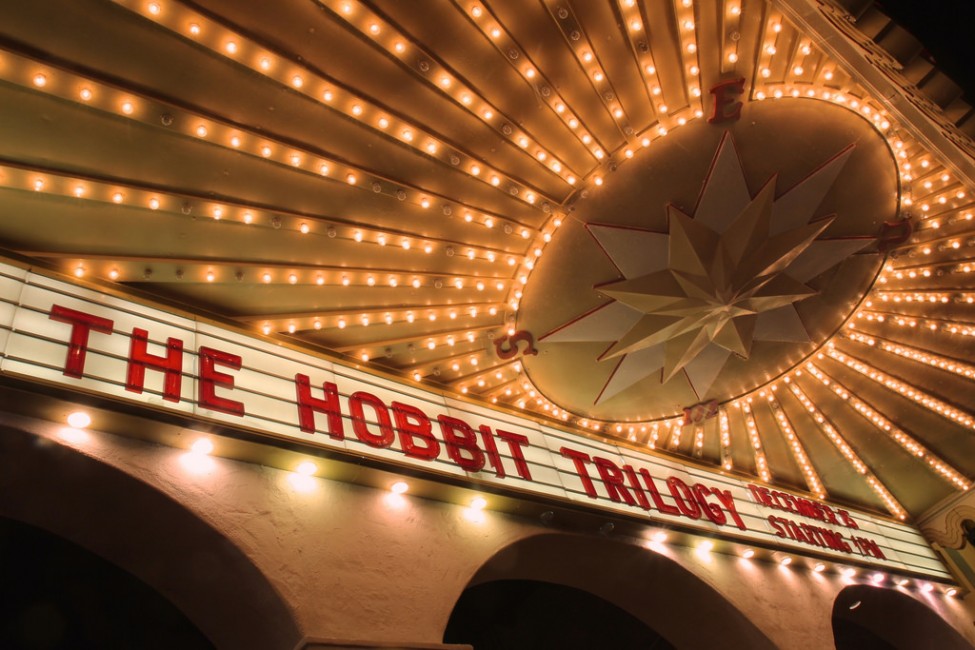
A year ago, Ernest Mathijs, associate head of UBC’s Department of Theatre and Film helped launch The World Hobbit Project, the largest audience research survey ever conducted. As he begins to analyze the responses, Mathijs discusses the project, the nature of fantasy film, and why we seem to find meaning in even the most mindless blockbusters.
What is the World Hobbit Project?
It’s a survey of how audiences felt about The Hobbit trilogy, and it’s the largest film audience research ever conducted. We had 146 scholars from 45 countries working around one core survey that we translated into more than 30 languages. A total of 35,000 people responded.
We wanted to find out what fantasy means to people around the world today. It’s obviously a genre that talks about things that don’t exist, but does it mean different things to different age groups in different countries? Is it mere entertainment or do viewers treat it as an allegory or a kind of guide to life?
How do people use fantasy?
As long as audiences feel that a story has enough weight, enough depth, they will find a way to make it speak to their world. The Hobbit didn’t quite achieve that because audiences were mildly disappointed by the film and didn’t think it had that much depth. But those that felt the film had depth, and those that referred to just how much depth the earlier franchise, The Lord of the Rings, had, made it relate to the world. People thought the film had messages about terrorism, ethnic differences, and particularly about racial differences and gender differences. Audiences really want to see these films mean something.
Do you see that same thing kind of happening with Star Wars?
The same effort is definitely happening with Star Wars. In fact, there is now a World Star Wars Project undertaken by colleagues of mine. In the case of Star Wars, there is a clear analogy between the battle of dark and light forces in the films and the terrorism that we see today around the world. I was allowed a quick peek at some of the early comments in the World Star Wars Project, and you see references to the Paris attacks and the clash between civilizations. So audiences will use those contemporary, topical events in order to help figure out the film, and they will use the film to help figure out the world.
What purpose do big blockbusters serve?
One of the purposes of a blockbuster, other than offering entertainment, is also to monopolize entertainment. The schedule of what kind of films are available to audiences is shrunk to a few dozen must-see blockbuster films that come out in the summer, in September or around Christmas. I always say that humans are meaning-seeking machines. We want to give significance to something. If blockbusters are the only things offered to us, we’ll make meaning out of them.
If you have a kid who wants to create a fantasy story world and you only give them one toy, they will use that one toy. Blockbusters are the most available toy, because they’ve pushed other forms of entertainment to the corners and margins.
Ernest Mathijs’s free public talk, “The World Hobbit Project” is slated for January 30 as part of the UBC Centennial Lecture series organized by UBC Continuing Studies.
